Republican Party presidential primaries, 1944
Republican Party presidential primaries, 1944
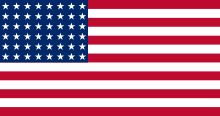
|
|
|
|
|
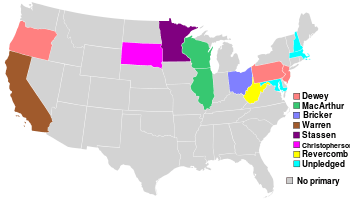
|
| Results map by state. |
|
|
The 1944 Republican presidential primaries were the selection process by which voters of the Republican Party chose its nominee for President of the United States in the 1944 U.S. presidential election. The nominee was selected through a series of primary elections and caucuses culminating in the 1944 Republican National Convention held from June 26 to June 28, 1944, in Chicago, Illinois.[1]
As 1944 began the frontrunners for the Republican nomination appeared to be Wendell Willkie, the party's 1940 candidate, Senator Robert A. Taft of Ohio, the leader of the party's conservatives, New York Governor Thomas E. Dewey, the leader of the party's powerful, moderate eastern establishment, General Douglas MacArthur, then serving as an Allied commander in the Pacific theater of the war, and former Minnesota Governor Harold Stassen, then serving as a U.S. naval officer in the Pacific. However, Taft surprised many by announcing that he was not a candidate; instead he voiced his support for a fellow conservative, Governor John W. Bricker of Ohio. With Taft out of the race some GOP conservatives favored General MacArthur. However, MacArthur's chances were limited by the fact that he was leading Allied forces against Japan, and thus could not campaign for the nomination. His supporters did enter his name in the Wisconsin primary. The Wisconsin primary proved to be the key contest, as Dewey won by a surprisingly wide margin; he took 14 delegates to four for Harold Stassen, while MacArthur won the three remaining delegates. Willkie was shut out in the Wisconsin primary; he did not win a single delegate. His unexpectedly poor showing in Wisconsin forced him to withdraw as a candidate for the nomination.
At the 1944 Republican National Convention in Chicago, Illinois, Dewey easily overcame Bricker and was nominated on the first ballot. In a bid to maintain party unity, Dewey, a moderate, chose the conservative Bricker as his running mate; Bricker was nominated by acclamation.
Candidates
Nominee
Withdrew during convention
Withdrew during primaries
Statewide contest by winner
The convention
See also
References
|
|---|
|
| Election timelines | |
|---|
|
| National polling | |
|---|
|
| State polling | |
|---|
|
| Fundraising | |
|---|
|
| Debates and forums | |
|---|
|
| Straw polls | |
|---|
|
| Major events | |
|---|
|
Caucuses
and primaries | | |
|---|
| | |
|---|
| Libertarian Party | |
|---|
| Green Party | |
|---|
| Constitution Party | |
|---|
|
|---|
|
| Results breakdown | |
|---|
|
National
conventions | |
|---|
|
| Reforms | |
|---|
 Governor Thomas E. Dewey of New York
Governor Thomas E. Dewey of New York.jpg) Governor John W. Bricker of Ohio
Governor John W. Bricker of Ohio
 Representative Charles A. Christopherson of South Dakota
Representative Charles A. Christopherson of South Dakota General Douglas MacArthur of Wisconsin
General Douglas MacArthur of Wisconsin Senator W. Chapman Revercomb of West Virginia
Senator W. Chapman Revercomb of West Virginia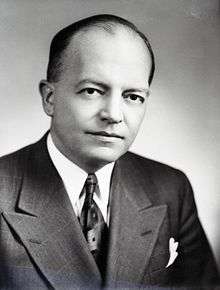
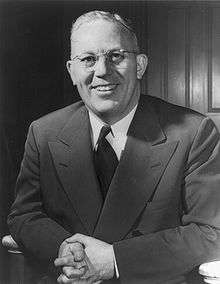
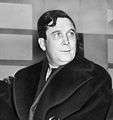 Businessman Wendell Willkie of Indiana
Businessman Wendell Willkie of Indiana